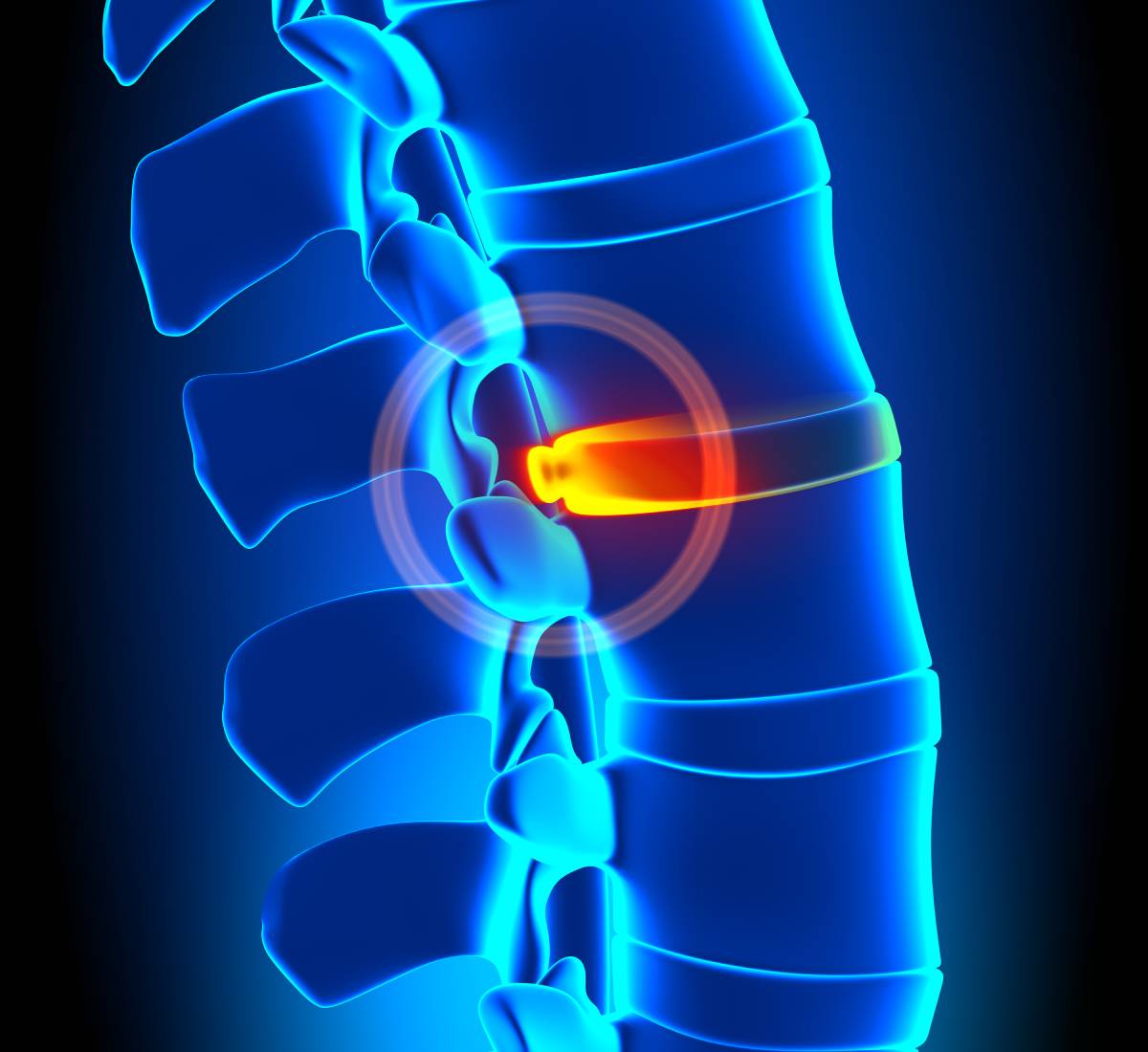Nerve compression, or nerve entrapment, “is a condition caused by direct pressure on a nerve” [5], often occurring in the wrists, elbows, feet, or spine. Symptoms may include “pain, weakness, or paresthesia (“pins and needles”) [5], ranging from mild to severe, and can develop suddenly or gradually [7]. Patients suffering from nerve compression may also experience a dull, aching sensation radiating from the origin of the compressed nerve, while others may experience numbness [1,3,7]. For patients presenting with these symptoms, especially in the “absence of a known bone, soft tissue, or vascular injury,” researchers have suggested that nerve entrapment syndromes be considered [5].
Nerve entrapment syndromes tend to affect those whose occupations involve repetitive movements or the lifting of heavy objects, such as athletes, office workers, and musicians [1]. Common nerve entrapment syndromes include carpal tunnel syndrome, radial nerve entrapment, ulnar entrapment, and spinal cord compression.
Carpal tunnel syndrome is produced by compression of the median nerve at the wrist [1]. Affected patients report numbness, tingling, and pain in the hand, which often worsens at night or after use of the hand [1]. Similarly, patients with ulnar nerve entrapment or radial nerve entrapment, resulting from compression of the ulnar and radial nerves, respectively, generally describe numbness or pain along the forearms, hands, and fingers [1,3,5]. Symptoms of spinal nerve compression, caused by pressure on the spinal cord, typically resulting from general wear and tear or osteoporosis, may consist of pain and stiffness in the back or neck; “numbness, cramping, or weakness in the arms, hands, or legs; intense pain spreading to the arms, buttocks, or legs (sciatica); and loss of sensation in the feet” [7].
Surgical methods for treating nerve compression, such as decompressions [2,4,6] and the sectioning of ligaments [1], have shown strong success rates and, as advised by Jacobsen et al., “should be considered in patients with persistent pain and identifiable sources of entrapment” [4]. However, while surgical treatments for nerve compression typically yield positive results, some experts consider it to be a last resort, as nonsurgical treatments have proven to be effective in many situations [4,7].
Non-surgical treatments for managing nerve compression may involve splints, pharmacological interventions (NSAIDs), ultrasound therapy, steroid injections, physical therapy, and rest [1]. A study on entrapment neuropathies in the upper extremities recommends rest, splints, and anti-inflammatories, specifically for patients with carpal tunnel syndrome who experience “acute flare-ups, and in those with minimal to intermittent symptoms” [1]. Another study, citing research on the efficacy of splinting when combined with local steroid injections, reports that “22 percent [of patients] were free of symptoms at the end of a year-long trial.”
Chiropractic techniques have also been used to help manage nerve compression. A 2008 study noted a patient with carpal tunnel syndrome who, upon receiving chiropractic manipulation therapy in combination with other techniques over a period of nine months, was able to “return to occupational and social activities” [6]. The research performed by Jefferson-Falardeau et al., focusing on chiropractic management of a patient with radial nerve entrapment syndrome, found that the patient benefited from chiropractic management using standard chiropractic, applied kinesiology, and neural mobilization techniques” [5]. Similarly, the study performed by Illes et al. concluded that “chiropractic treatment consisting of manipulation, soft tissue mobilizations, exercise, and education of workstation ergonomics appeared to reduce the symptoms of ulnar nerve compression symptoms” [3]. Chiropractic techniques have also been said to help treat spinal cord compression.
Treatments for managing nerve compression may be prescribed individually. However, research suggests that a multimodal therapeutic approach may improve results [6].
References
- Dawson, D. M. (1993). Entrapment Neuropathies of the Upper Extremities. New England Journal of Medicine, 329, 2013–2018. DOI: 10.1056/NEJM199312303292707
- Dhinsa, B. S., Hussain, L., et al. (2018). The Management of Dorsal Peroneal Nerve Compression in the Midfoot. The Foot, 35, 1–4. DOI: 10.1016/j.foot.2017.12.005
- Illes, J. D., & Johnson, T. L. Chiropractic Management of a Patient With Ulnar Nerve Compression Symptoms: A Case Report. Journal of Chiropractic Medicine, 12(2), 66–73. DOI: 10.1016/j.jcm.2013.03.002
- Jacobson, L., Dengler, J., et al. (2020). Nerve Entrapments. Clinics in Plastic Surgery, 47(2), 267–278. DOI: 10.1016/j.cps.2019.12.006
- Jefferson-Falardeau, J., & Houle, S. Chiropractic Management of a Patient With Radial Nerve Entrapment Symptoms: A Case Study. Journal of Chiropractic Medicine, 18(4), 327–334. DOI: 10.1016/j.jcm.2019.07.003
- McHardy, A., Hoskins, W., et al. (2008). Chiropractic Treatment of Upper Extremity Conditions: A Systematic Review. Journal of Manipulative & Physiological Therapeutics, 31(2), 146–159. DOI: 10.1016/j.jmpt.2007.12.004
- Spinal Cord Compressions. Johns Hopkins Medicine. https://www.hopkinsmedicine.org/health/conditions-and-diseases/spinal-cord-compression
